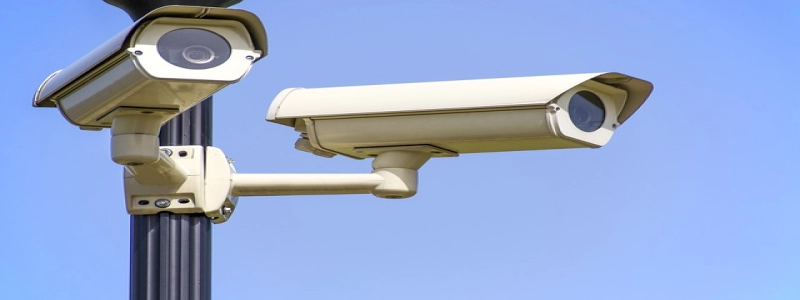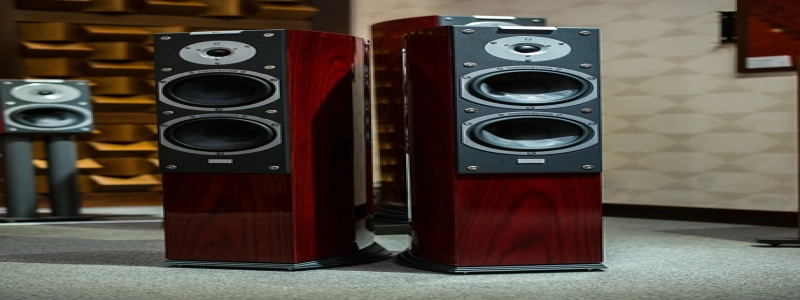Ethernet Port RJ45
Introduction:
The Ethernet Port RJ45 is a standard connection interface used in networking equipment to connect devices such as computers, laptops, and routers to a Local Area Network (LAN). In this article, we will explore the various aspects of the Ethernet Port RJ45 and its significance in modern networking.
I. Understanding the Ethernet Port RJ45:
A. Definition and Purpose:
The Ethernet Port RJ45 is a physical connector that allows devices to connect to an Ethernet network. RJ45 stands for Registered Jack 45, which refers to the wiring and termination standards used for this type of port. It is the most common type of Ethernet connection used today.
B. Physical Characteristics:
1. Size and Shape:
The Ethernet Port RJ45 is small and rectangular in shape. It has eight pins arranged in two rows.
2. Color Coding:
The Ethernet Port RJ45 often features different colored plastic housings, indicating the specific category of Ethernet cable required for proper connection.
3. Durability:
The RJ45 port is designed to be durable and withstand frequent insertion and removal of Ethernet cables.
II. Usage and Importance:
A. Data Transmission:
The Ethernet Port RJ45 enables high-speed data transmission between devices in a local network. It allows for the transfer of data packets over twisted pair cables, ensuring reliable and fast communication.
B. Versatility:
The Ethernet Port RJ45 is compatible with various networking devices, such as computers, printers, servers, and switches. It provides a universal connection that can be used in diverse networking environments.
C. Network Expansion:
With the Ethernet Port RJ45, networks can be easily expanded by connecting additional devices to the existing network infrastructure. This port allows for simultaneous data transfer between multiple devices, enabling efficient data sharing and collaborative work.
D. Standardization:
The RJ45 port has become a standard in networking due to its compatibility and reliability. It ensures interoperability between devices from different manufacturers and facilitates seamless networking without compatibility issues.
III. Installation and Maintenance:
A. Cable Connection:
To connect a device to the Ethernet Port RJ45, an Ethernet cable with the appropriate category for the network must be used. The cable is inserted into the port until it clicks into place, ensuring a secure connection.
B. Cable Testing:
Regular cable testing is essential to ensure proper functioning of the Ethernet Port RJ45. Cable testers can be used to verify continuity, detect faults, and measure signal quality. This helps identify and troubleshoot connectivity issues.
C. Physical Protection:
To maintain the longevity of the Ethernet Port RJ45, it is recommended to use protective covers when the port is not in use. This prevents dust, debris, and physical damage that could impair the port’s performance.
Conclusion:
The Ethernet Port RJ45 is a fundamental component of modern networking, providing a reliable and versatile interface for connecting devices in a Local Area Network. Understanding its characteristics, usage, and proper installation is crucial for maintaining efficient network communication. Whether in homes, offices, or data centers, the Ethernet Port RJ45 continues to play a vital role in establishing stable and fast network connections.








